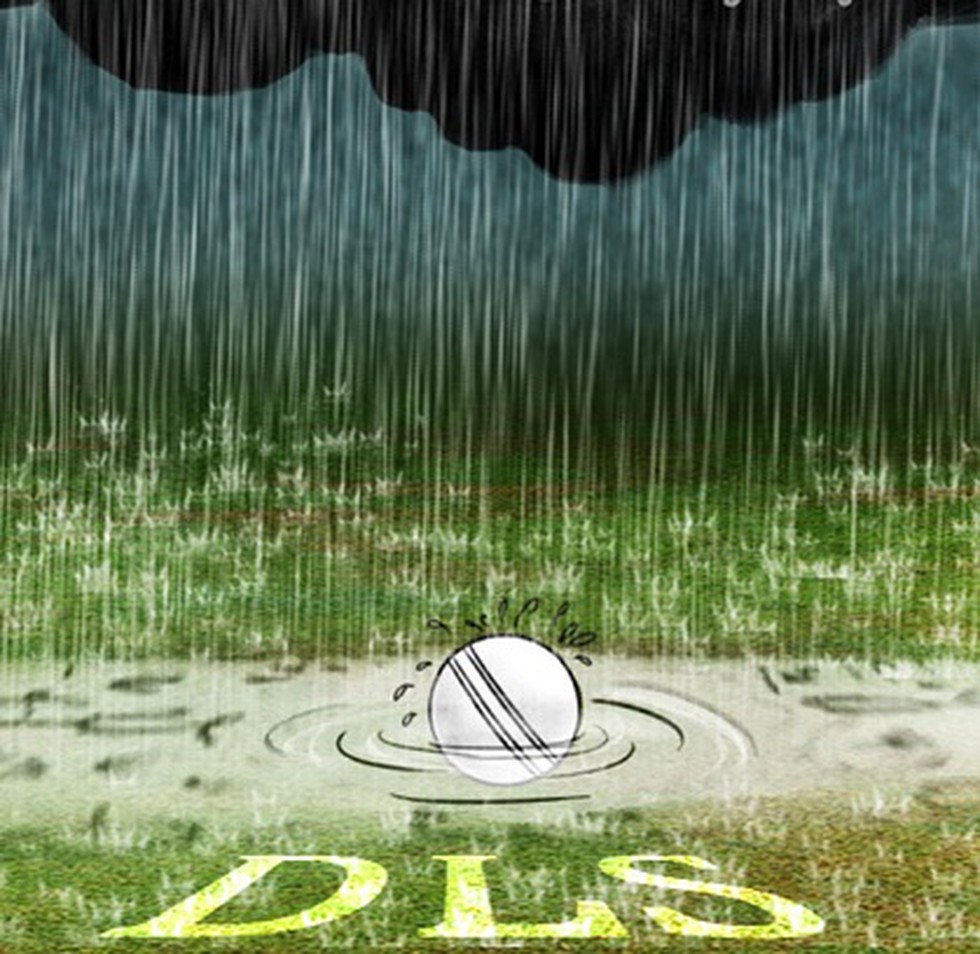
About:
Working:
Recent update:
State of the Climate 2024 Report once...
Experts from the Wildlife Institute o...
In recent weeks, doctors have reporte...
Botanists recently discovered a new s...
The Union Ministry of Environment, Fo...
The Indian Navy is set to conduct the...
An unhealthy lifestyle and the influe...
People in Geelong city have beelined ...
The World Intellectual Property Organ...
British writer Samantha Harvey won th...